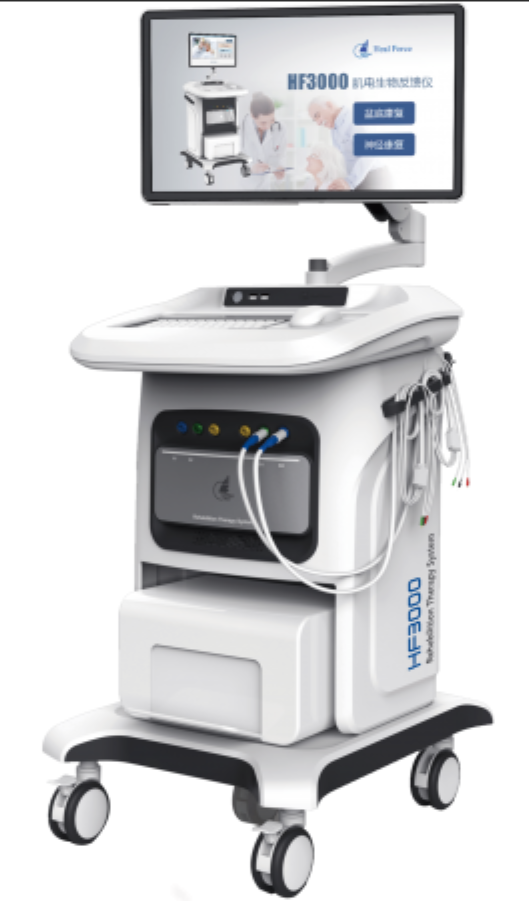Pelvic Floor Physical Therapy vs. Postpartum Rehab?
Most people in China are aware of "postpartum rehabilitation", but the vast majority of people's understanding is limited to the idea that only mothers who have given birth need it. Today, through this article, I would like to share with you the differences between [postpartum rehab] and [pelvic floor physical therapy] in terms of the scope of practice and how you can utilize either of them to achieve your goal.
What’s Postpartum Rehab?
Postpartum rehabilitation or rehab are providers. It often uses machines like electrical stimulation or biofeedback. Electrical stimulation involves placing small pads or probes near the pelvic area, and they send mild electric pulses to your pelvic muscles. This can help them become stronger in pure isolation only. Biofeedback is a different tool that shows you what your pelvic muscles are doing on a screen, so you can learn to control them better. This can be helpful for gaining coordination and awareness of the pelvic floor muscles but in isolation rarely solves anything.
These tools can help some people, especially if their pelvic muscles are very weak or if they have trouble sensing what’s happening down there. But here’s the thing: we don’t use our pelvic floor only while laying down and never in isolation. We have the other core muscles, the hips, the positioning of our pelvis, feet, spine and ribs that play a role in the pelvic floor’s ability to function well. Machines can only do so much on their own. They don’t always teach you how to use these muscles in daily life or why they might not be working well and they never incorporate the whole body into the solution.
What’s Pelvic Floor Physical Therapy?
Pelvic floor physical therapy (PFPT) takes a whole-body approach to pelvic health. A physical therapist like me is trained to look at more than just your pelvic muscles. We look at how your body moves, how you breathe, and how your daily activities might be impacting your pelvic area. We determine the cause of your pelvic floor dysfunction and determine exactly why you are leaking, having pain or constipation. Then we can treat the exact problem and have a specific solution for you.
While some people benefit from exercises like Kegels (tightening and releasing the pelvic muscles), they’re not always the answer! Sometimes, your pelvic muscles need to RELAX, especially if they’re tense or overactive, and doing Kegels could actually make things worse. That’s why it’s so important to work with a specialist who can guide you through what your body needs.
We also take into account your whole being as many factors can play a role in symptoms such as nutrition, fluid intake, bathroom habits, stress, worries, and beliefs about your body.
Definitions and Professional Backgrounds
Indications and Service Contents
Suggestions for Selection
Can They Be Used in Combination?
Pelvic floor physical therapy and postpartum rehabilitation do not conflict and can complement each other. According to the protocol, if a patient's pelvic floor muscles are very weak and they have no idea how to exert force (MMT 0-2 grade), it is recommended to use biofeedback equipment to help the patient locate the pelvic floor muscles.
I once encountered a patient in her 60s with grade III pelvic floor prolapse. After completing the initial pelvic floor physical therapy assessment, I formulated a home exercise plan for her and provided suggestions for adjusting daily movements in daily life. The patient mentioned that the community clinic near her home provides biofeedback and electrical stimulation treatment services. I suggested that she receive such treatments 1-2 times a week, along with breathing training during our treatment sessions, and the patient's prognosis was good.
However, if you are pursuing scientific assessment and precise intervention, or even have already developed pelvic floor dysfunction, pelvic floor physical therapists are to get you moving comfortably and confidently, so you can enjoy your life without worrying about your pelvic health. If you want to learn more or ask questions, we’re here to help. Remember, you don’t have to figure this out alone!







